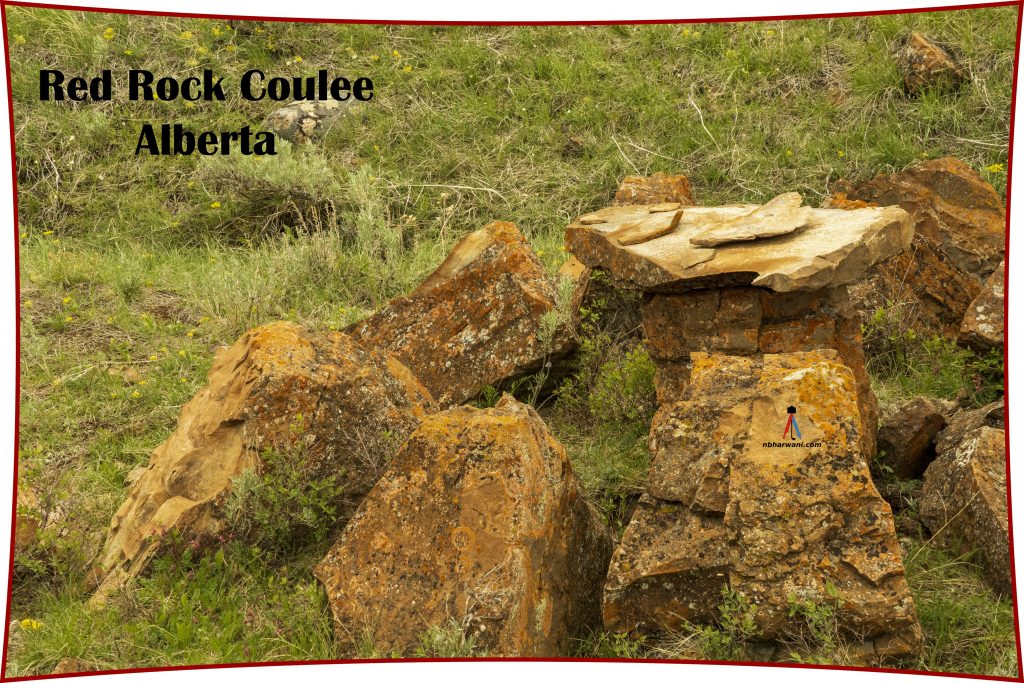Coronavirus disease is in the news. It is causing anxiety in the general population.
We know quite a bit about the virus and how it affects us. But there is a lot we do not know. I have gathered some information and summarized it here. Health Canada has lots of information on this subject on their website.
1. What is coronavirus disease?
Coronaviruses are a large family of viruses. They can cause diseases ranging from the common cold to more severe diseases such as Severe Acute Respiratory Syndrome (SARS) and Middle East Respiratory Syndrome (MERS-CoV).
COVID-19 is a new disease that has not been previously identified in humans, says Health Canada website.
When there was an outbreak of pneumonia in Wuhan, China determined that a novel coronavirus (referred to as COVID-19) is responsible for the outbreak.
Health Canada says, “Authorities in China and worldwide are conducting further investigations to better understand where the disease came from, how it is spread and the clinical severity of illness in humans.”
WHO recently announced official names for the virus and the illness. The illness has been named as COVID-19 (previously known as “2019 novel coronavirus”). As you can see COVID is an abbreviation of coronavirus disease. The virus which causes this illness is called severe acute respiratory syndrome coronavirus-2 (SARS-CoV-2).
2. Why is it spreading so fast?
The coronavirus is a respiratory virus. It is spread in a similar way to the common cold or to influenza. It has spread from China to at least 40 other countries around the world, affecting stock markets and disrupting travel. Not one person of 117 who have been tested for COVID-19 in Alberta are sick with this virus.
This new virus appears to be spreading from person to person. It may be spread by respiratory droplets when someone infected with the virus coughs or sneezes. But it’s unclear exactly how it spreads or how contagious it is, and research is ongoing.
Currently there is no vaccine to prevent the COVID-19 illness.
3. What are the symptoms of COVID-19?
Signs and symptoms can be mild to severe and include fever, cough and shortness of breath. Symptoms may appear two to 14 days after exposure.
You may not know you have symptoms of COVID-19 because they are similar to a cold or flu.
If you have fever, cough, difficulty breathing and pneumonia then you need to see a doctor. In severe cases, infection can lead to death.
4. What are the risks of getting COVID-19 for Canadians? How can you prevent it?
According to Health Canada the public health risk associated with COVID-19 in Wuhan, China, is low for Canada and for Canadian travellers.
Canada has no direct flights from Wuhan and the volume of travellers arriving indirectly from Wuhan is low. However, at this time, the Government of Canada recommends that Canadians avoid non-essential travel to China.
You try to prevent COVID-19 infection same as you try to prevent common cold and flu: wash your hands frequently; avoid touching your eyes, nose or mouth with unwashed hands; avoiding close contact with people who are sick; coughing or sneezing into your sleeve and not your hands; and staying home if you are sick to avoid spreading illness to others.
5. Is there a vaccine to protect against COVID-19?
No, but it is a work in progress. The flu vaccine does not protect against COVID-19.
6. What is the treatment for COVID-19?
For now, there is no specific treatments for most people with COVID-19. Most people with common coronavirus illness will recover on their own. If you have any symptoms described earlier then contact your doctor.
I hope this information helps. Stay healthy.
Start reading the preview of my book A Doctor's Journey for free on Amazon. Available on Kindle for $2.99!
